
Curved furniture has a rich and varied history, evolving through different cultures and periods to become a timeless design element. Its origins can be traced back to ancient civilizations, and it has seen significant transformations over the centuries.
18th Century:

Mid-Century Modern:
The mid-century modern era (1940s-1960s) brought about iconic curved furniture designs by designers like Eero Saarinen and Charles and Ray Eames. Their pieces, such as the Tulip chair and the Eames Lounge Chair, are celebrated for their organic curves and innovative materials.

Curved furniture has evolved from its ancient roots to modern-day sophistication, reflecting changes in aesthetic preferences, technological advancements, and cultural influences. Its enduring appeal lies in its ability to bring a sense of elegance, comfort, and harmony to any space.
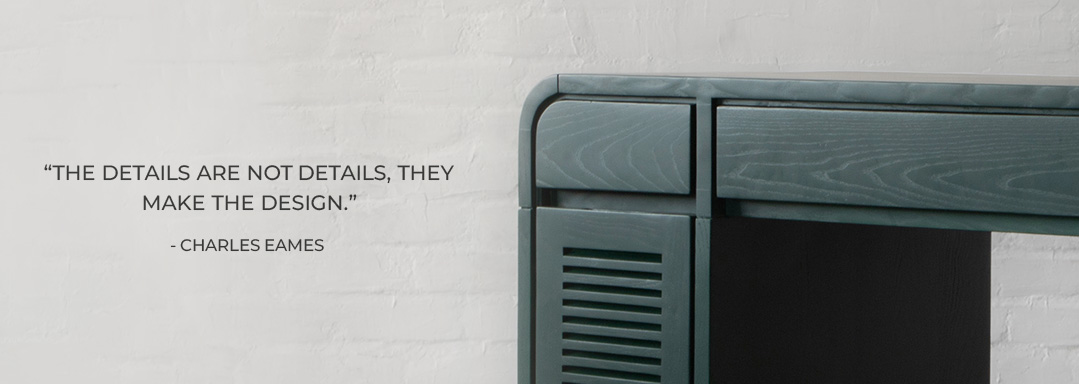
Curved furniture appeals to people because of its natural flow and harmonious design. Its wavy shapes counterbalance the clean lines of a rectangular room, bringing comfort and softness to the surroundings.
Here are some styling tips to seamlessly integrate curved furniture into your space:
1. Complement with Soft Textiles
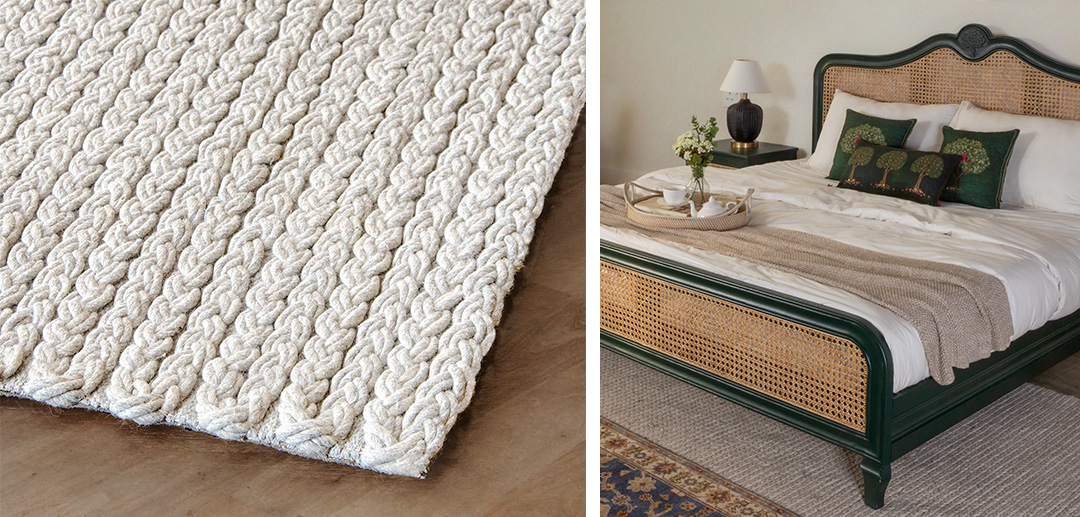
2. Balance with Angular Pieces
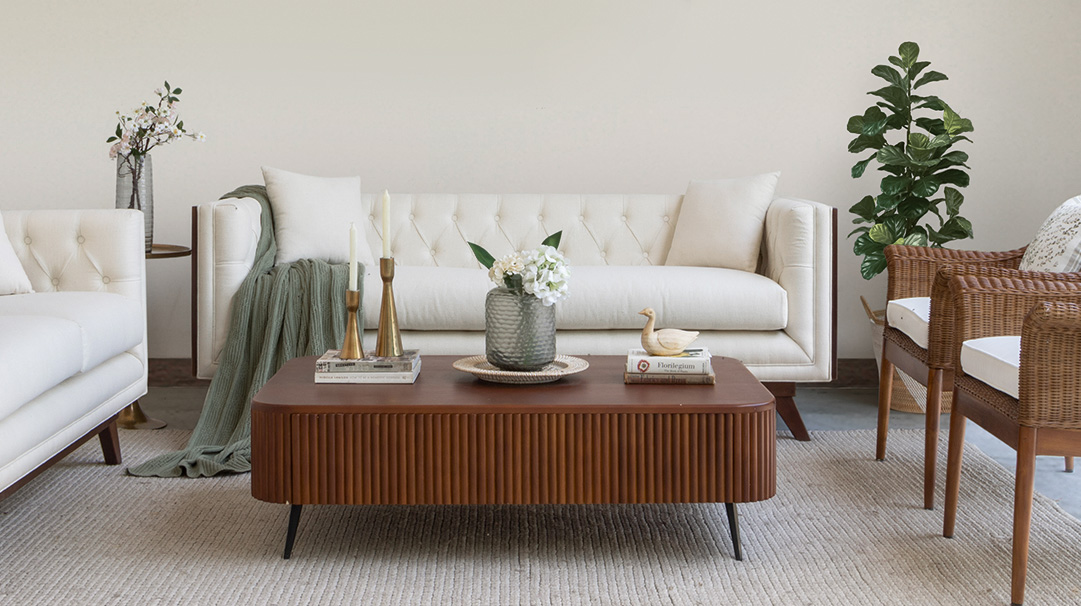
3. Create a Focal Point
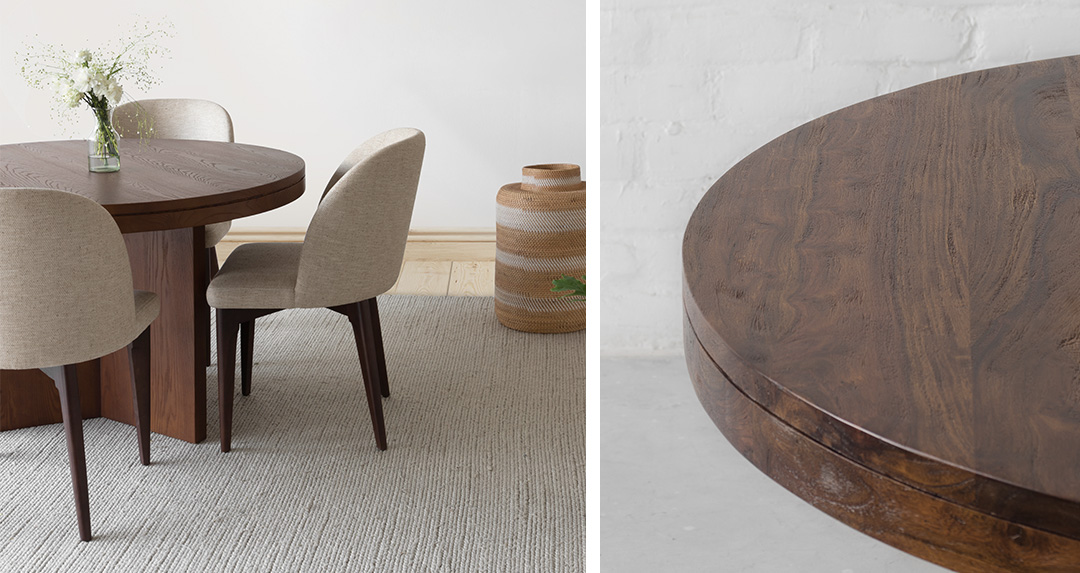
4. Use Neutral Colors
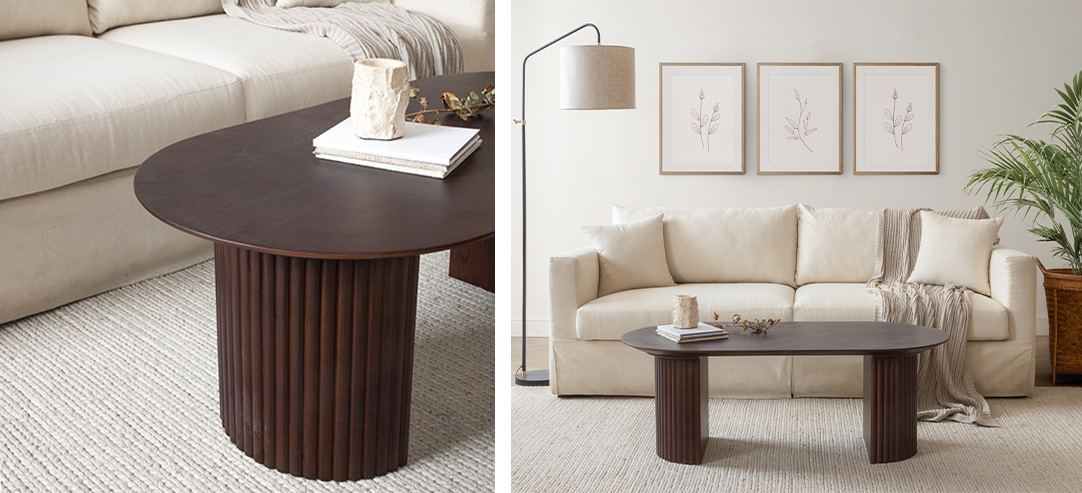
5. Mix Different Curved Pieces
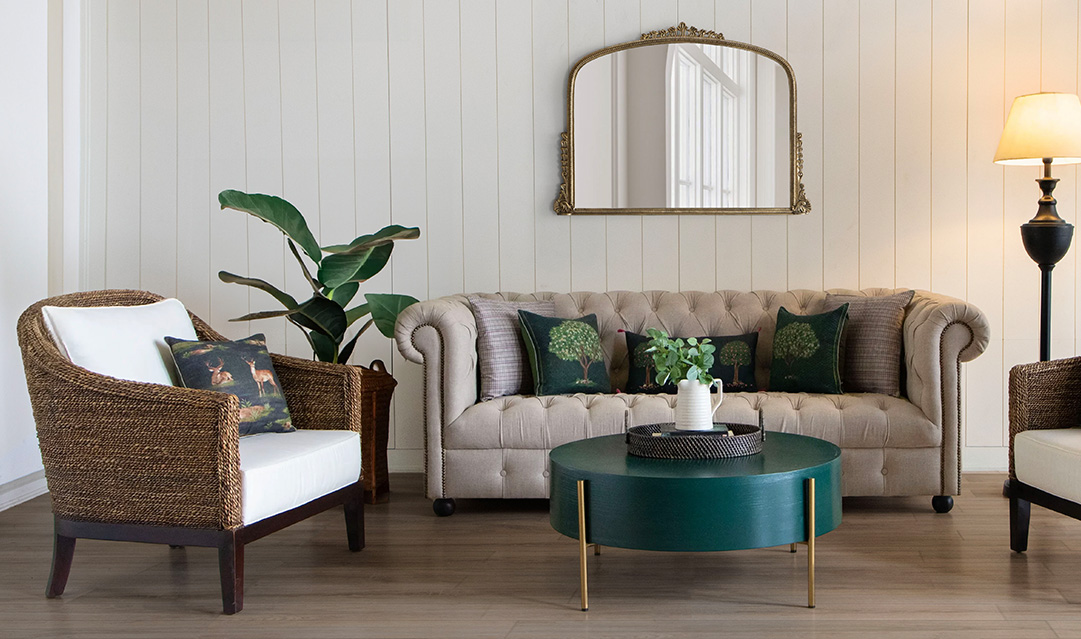
5. Incorporate Organic Elements
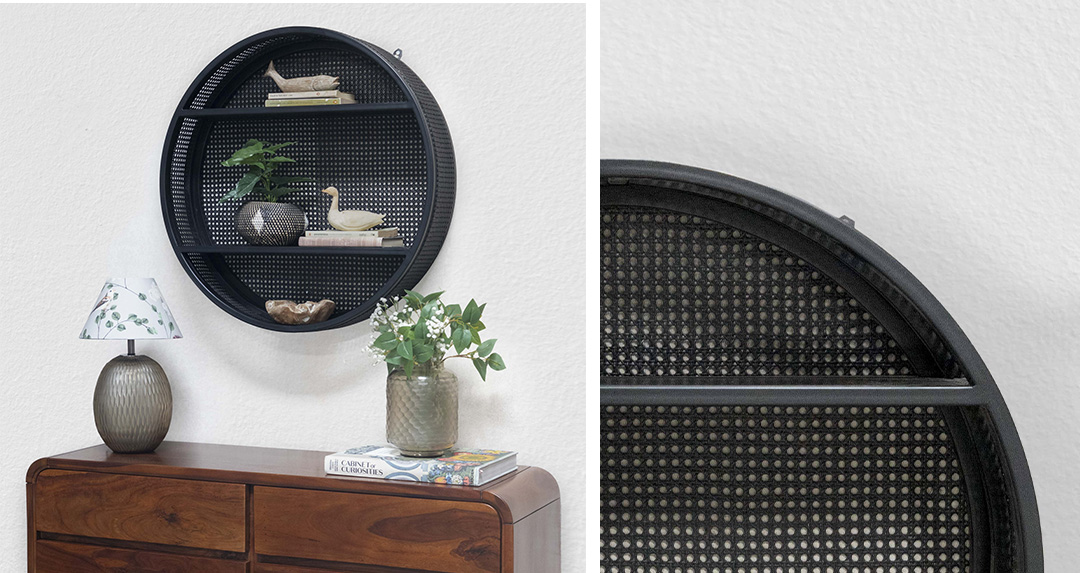
Integrating curved furniture into your home can transform it into a serene, inviting space. By balancing shapes, choosing the right colors, and thoughtfully arranging pieces, you can create a harmonious environment that feels both stylish and comfortable.
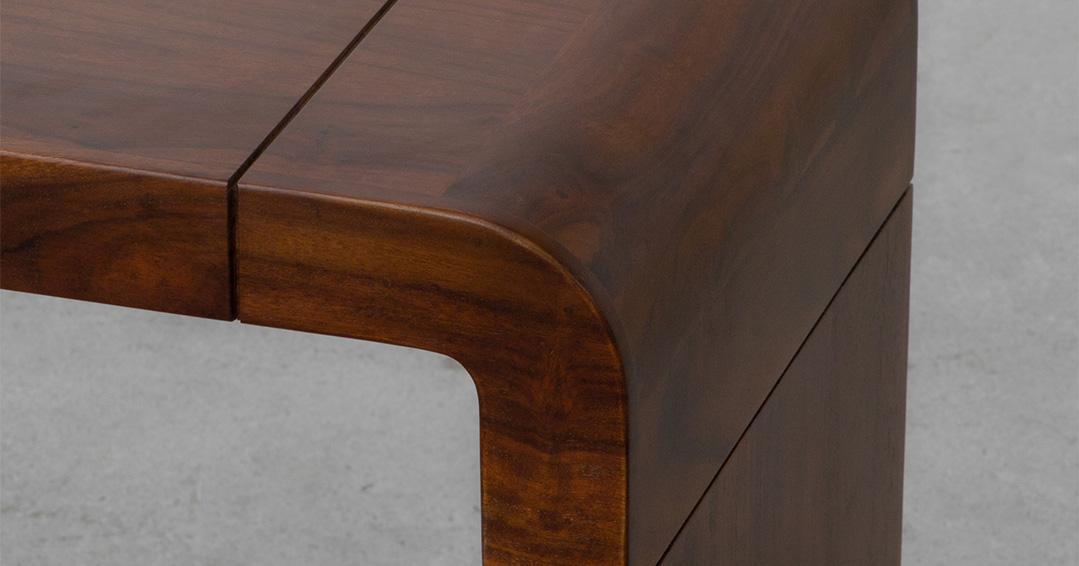
Each piece in our collection is thoughtfully designed to enhance your living spaces, offering not just functionality, but a unique aesthetic that transcends trends. Explore our collection and let the gentle curves of our furniture transform your home into a haven of style and comfort.
 Categories
Categories

The Art of Cozying Up: Your Guide to Nature-Inspired Winter Home Decor
December 1st, 2025
Where Faith Finds Form: Gulmohar Lane’s Home Mandir Collection
November 18th, 2025

Whispers of the Seasons: Unveiling Our New Cushion Collections
September 11th, 2025